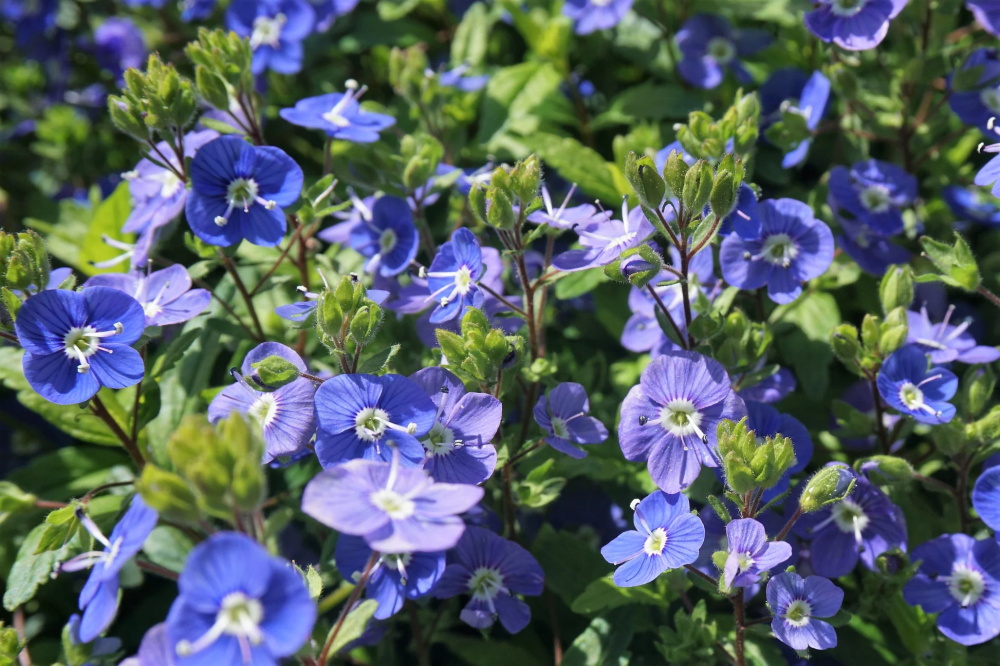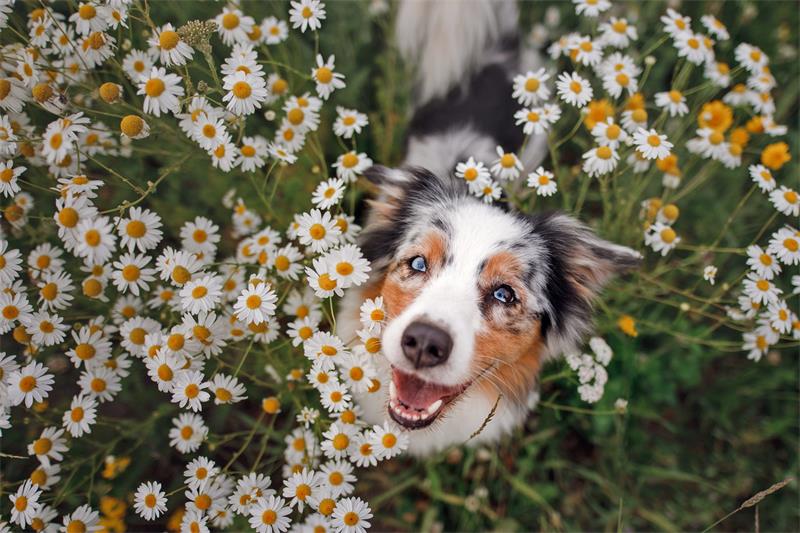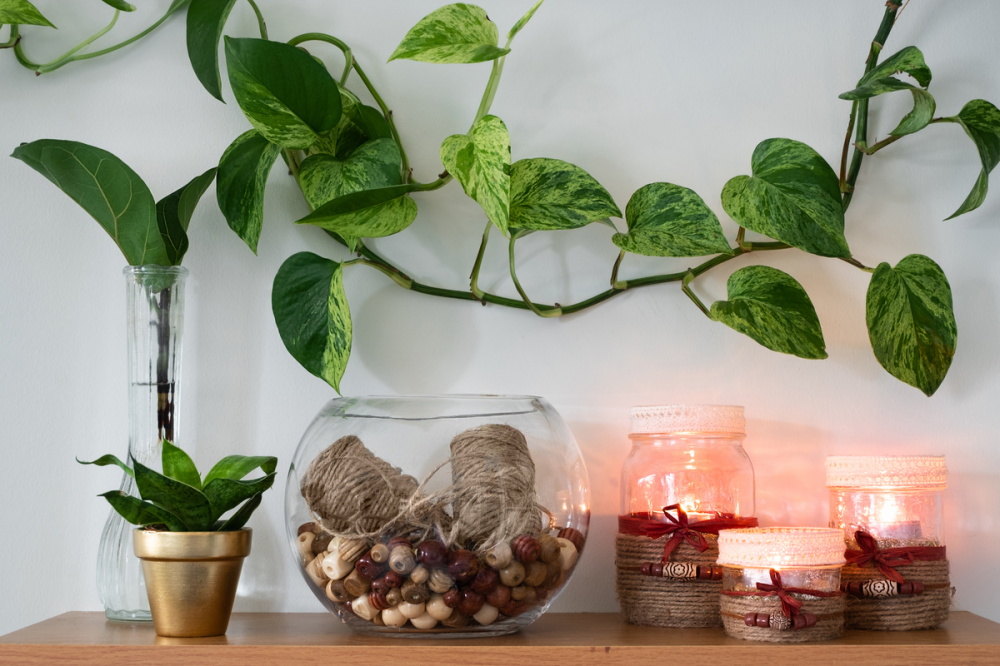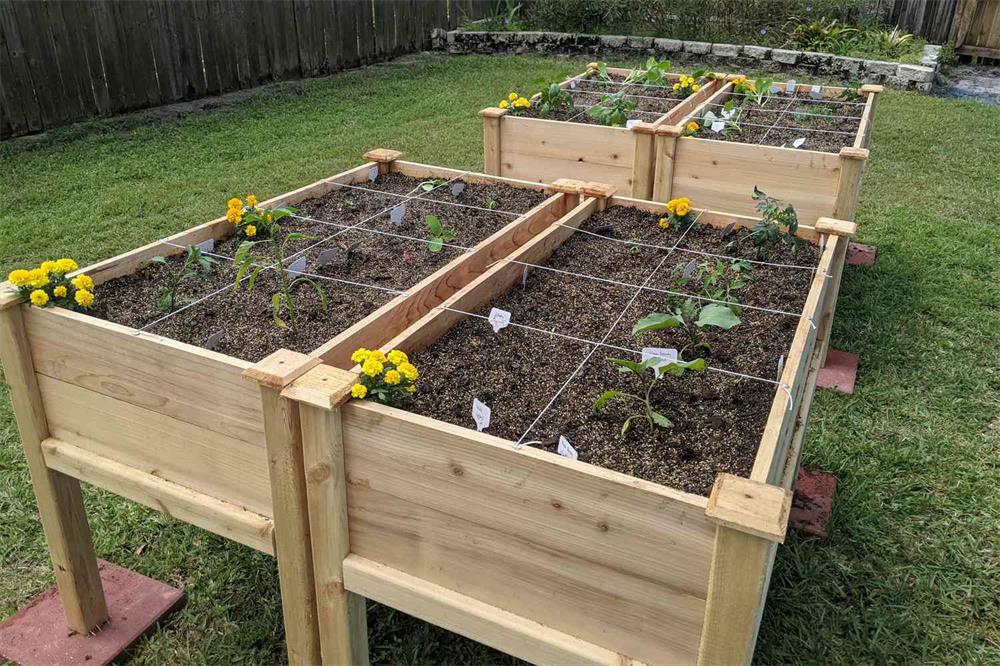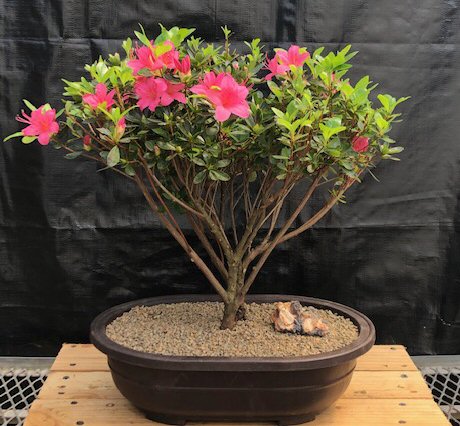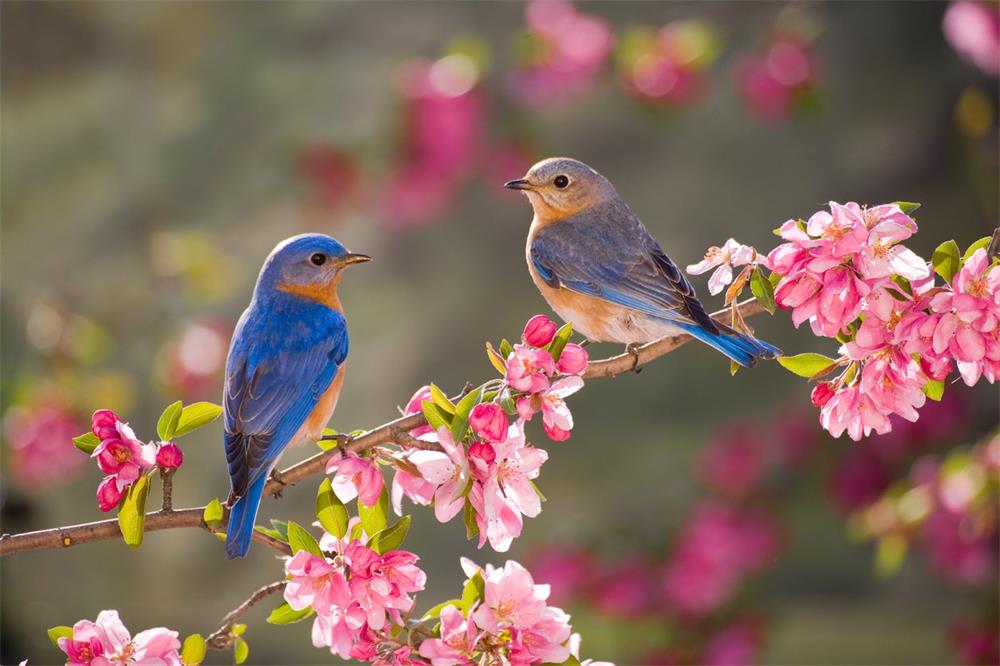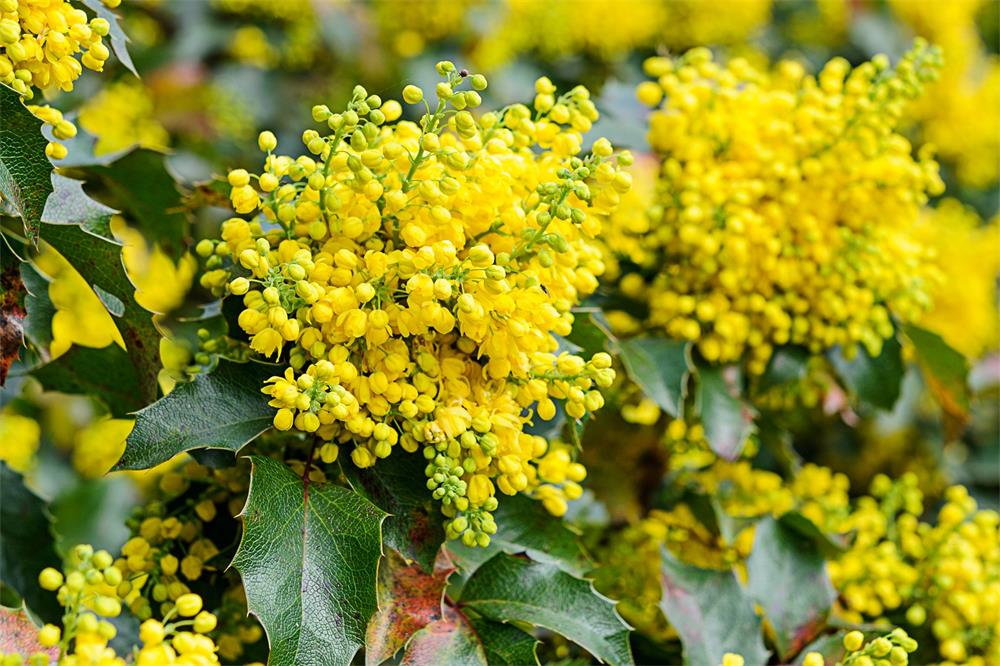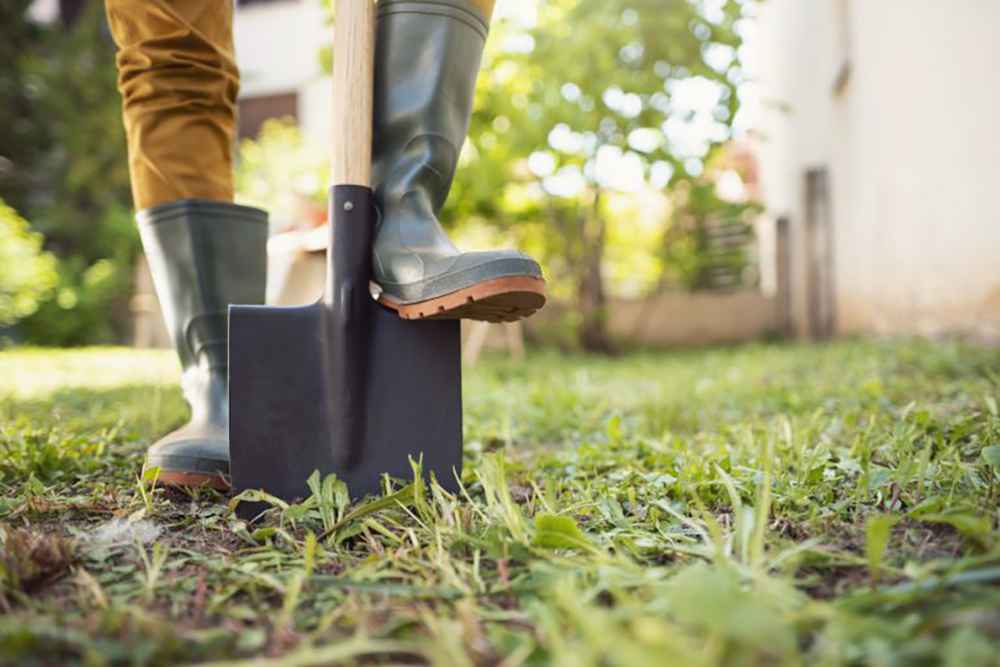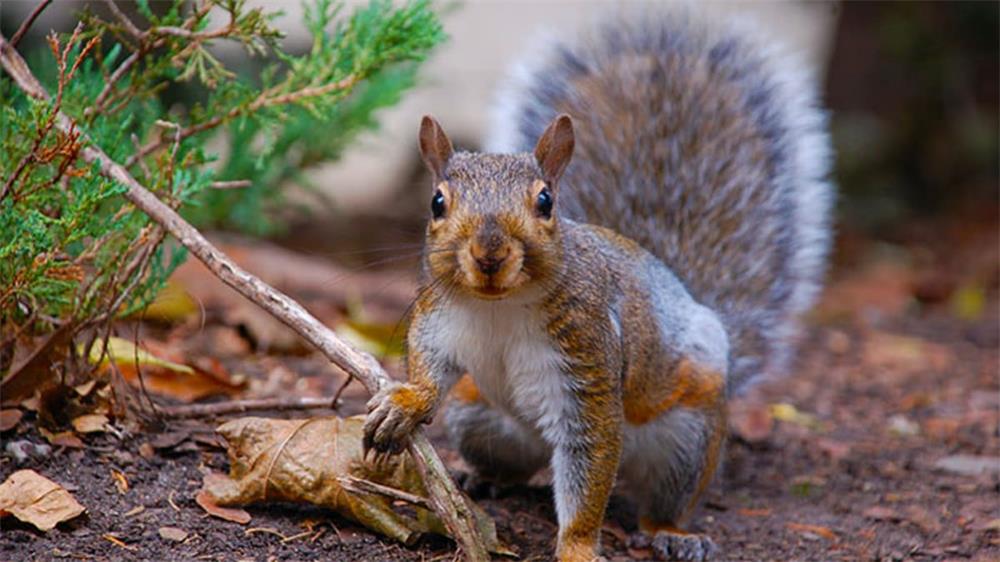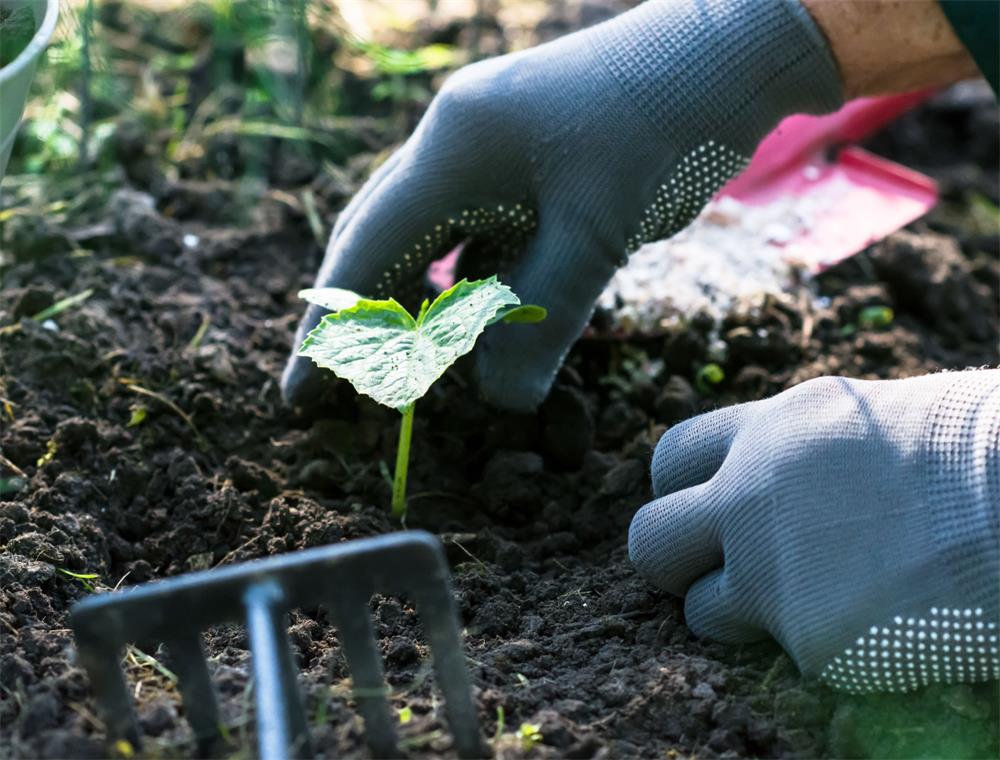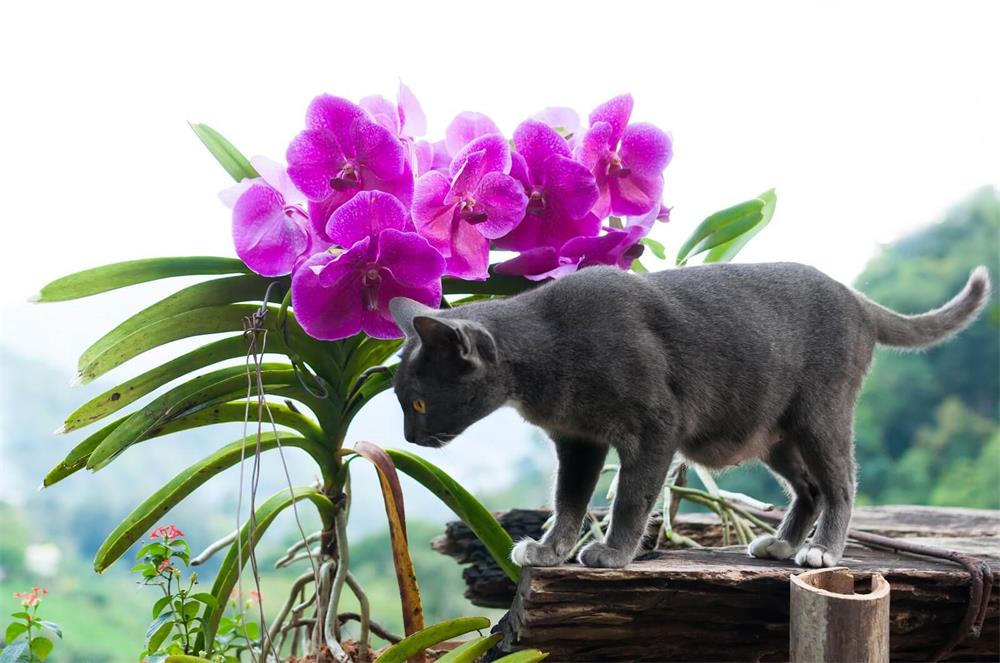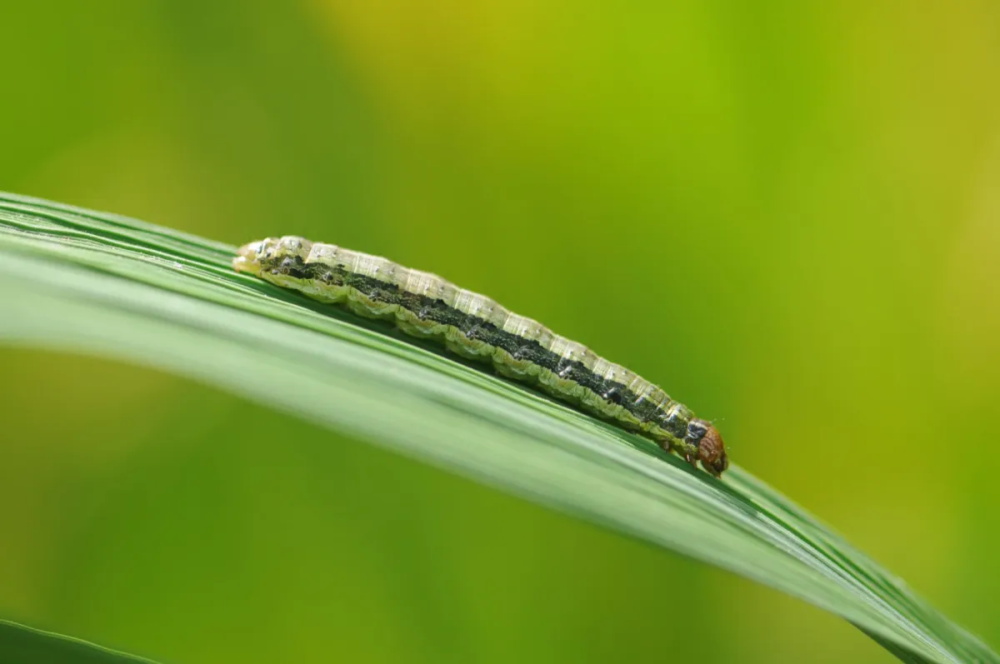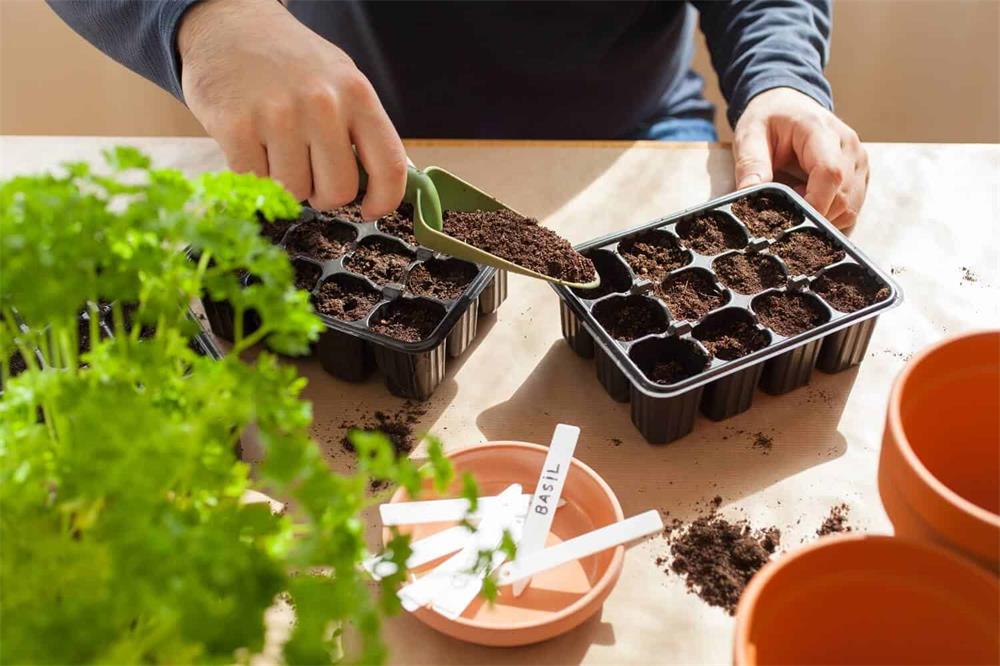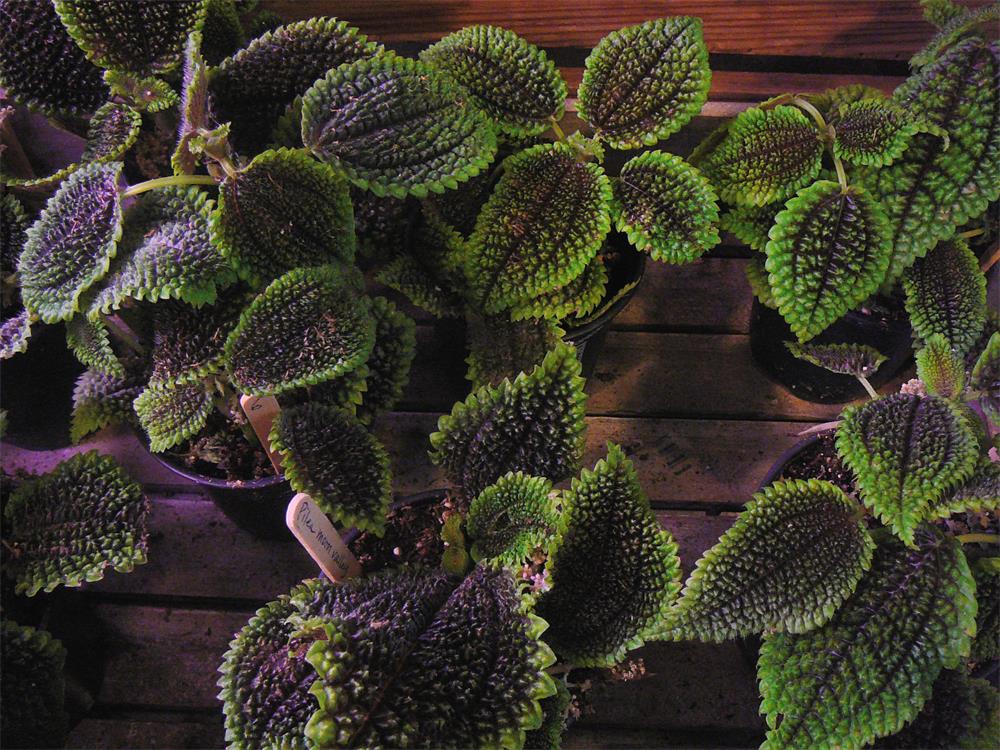
Table of Contents
Pilea involucrata is a charming houseplant that is also known as the friendship plant or the moon valley pilea. It has distinctive foliage that is textured, veined, and colorful, with shades of green, bronze, and silver. It is a creeping plant that can be grown in terrariums, hanging baskets, or pots, and it is easy to propagate and share with friends.
This plant belongs to the nettle family (Urticaceae), but it does not have any stinging hairs. It is native to South and Central America, where it grows on the forest floor under the shade of larger plants. It prefers warm, humid, and bright conditions, but it can adapt to a range of environments.
In this article, we will cover everything you need to know about pilea involucrata care, including light, water, soil, temperature, humidity, fertilizer, pruning, propagation, potting, and common problems.
Light
Pilea involucrata likes bright, indirect light but can handle a range of conditions; just be sure to shield the tender foliage from intense, direct sun and let them acclimate gradually. A kitchen counter with a south or west-facing window works well. You can also use artificial lights such as fluorescent or LED bulbs to supplement the natural light.
Water
Pilea involucrata enjoys consistent moisture and does not like to dry out. Therefore, water these plants regularly. Avoid overwatering, however, as this can lead to soggy soil and introduce root rot. To check whether or not your pilea needs water, simply feel the soil. If the top inch or two is dry, it is time to water the plant. Allow any excess water to drain away. During the growing season, you will need to water more often. In the winter, cut back on watering.
Soil
Rich, loamy, well-draining soil is the best for pilea involucrata. This will allow the plant to remain moist, but not soggy. A mix of compost, perlite, and coco coir is a great choice, as it allows for drainage without drying out too quickly. The blend of soil ingredients will remain light and airy instead of compact and heavy. You can also use a commercial potting mix for tropical plants or African violets.
Temperature
Pilea involucrata prefers temperatures between 60 and 80 degrees Fahrenheit. When kept as a houseplant, this is usually no problem and you shouldn’t have to adjust your thermostat for the sake of your plant. However, avoid placing your pilea near drafts, vents, radiators, or windows that may expose it to extreme temperatures or fluctuations. This plant is not frost-tolerant and should be brought indoors if the temperature drops below 50 degrees Fahrenheit.
Humidity
Moderate to high humidity levels are key to ensuring the health of this tropical houseplant. Humidity around 60 percent or higher is ideal. To accomplish this, you may wish to keep this plant in a terrarium, place it near a humidifier or on top of a pebble tray filled with water, or mist the leaves regularly with a spray bottle. Avoid misting in direct sunlight or when the temperature is very hot, as this may cause leaf burn.
Fertilizer
Pilea involucrata does not need much fertilizer to thrive. You can use a well-balanced,
half-strength liquid fertilizer during the growing season (spring and summer) once every two weeks or once a month. Alternatively, you can use a slow-release granular fertilizer at the beginning of the season and reapply every three months. Do not fertilize in the winter when the plant is dormant.
Pruning
Pilea involucrata can grow quite bushy and trailing over time. To maintain its compact shape and encourage new growth, you can pinch back the stems regularly with your fingers or scissors. Remove any dead or damaged leaves as well. Pruning can be done throughout the year as needed.
Propagation
Pilea involucrata is very easy to propagate by stem cuttings or division. Here are the steps for each method:
Stem Cuttings
- Cut off a healthy stem with at least two pairs of leaves from the mother plant.
- Remove the lower pair of leaves and dip the cut end in rooting hormone (optional).
- Insert the stem into moist potting mix or water.
- Keep the cutting in a warm and bright location out of direct sun.
- Mist or change the water regularly to keep it fresh.
- Wait for roots to develop in two to four weeks
Division
- Gently remove the mother plant from its pot and shake off the excess soil.
- Carefully separate the root ball into two or more sections, each with some stems and leaves attached.
- Repot each section into a new pot with fresh potting mix.
- Water well and place in a bright location out of direct sun.
Potting
Pilea involucrata does not need to be repotted very often, as it likes to be slightly rootbound. You can repot it every two to three years or when you see roots coming out of the drainage holes. Choose a pot that is one size larger than the previous one and has good drainage. Use fresh potting mix and water well after repotting. You can also add some mulch or pebbles on top of the soil to retain moisture and prevent weeds.
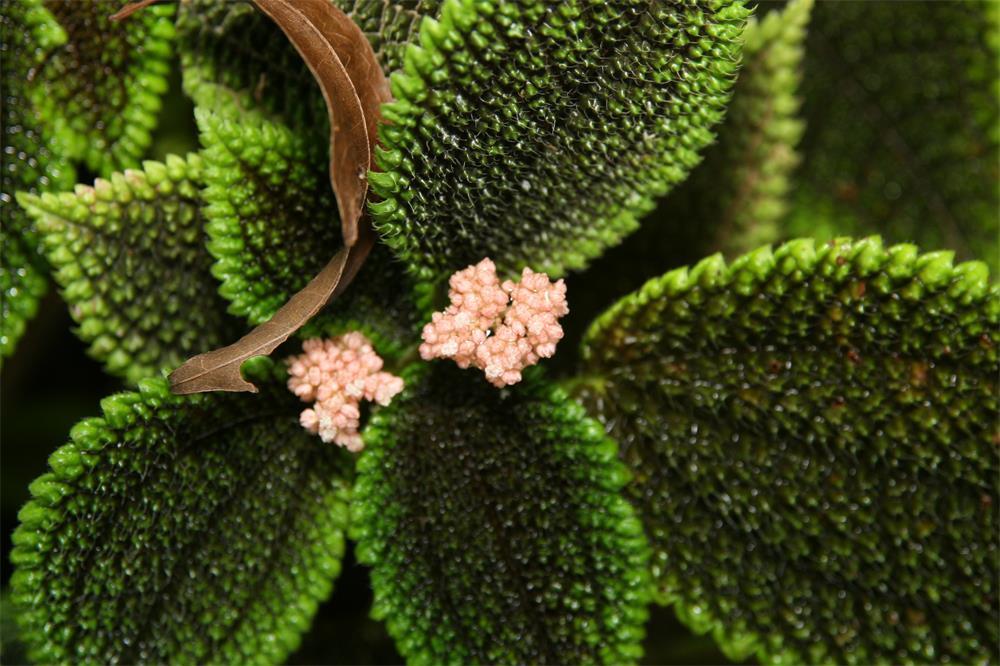
Common Problems
Pilea involucrata is generally a healthy and resilient plant, but it may encounter some issues if not cared for properly. Here are some common problems and how to fix them:
- Leaf drop: This may be caused by overwatering, underwatering, low humidity, or temperature stress. Check the soil moisture and adjust your watering schedule accordingly. Increase the humidity around the plant and avoid exposing it to extreme temperatures or drafts.
- Leaf curl: This may be caused by too much sun, too much fertilizer, or pests. Move the plant to a shadier spot and reduce the amount of fertilizer you use. Inspect the plant for any signs of insects such as mealybugs, spider mites, or aphids, and treat them with insecticidal soap or neem oil.
- Leaf spots: This may be caused by fungal or bacterial infections due to poor air circulation, high humidity, or wet leaves. Prune off any affected leaves and dispose of them. Improve the air flow around the plant and avoid misting or watering the foliage. You can also apply a fungicide or bactericide if the problem persists.
Frequently Asked Questions
Here are some frequently asked questions about pilea involucrata care:
Is pilea involucrata toxic to pets?
No, pilea involucrata is not toxic to pets. It is safe to grow around cats, dogs, and other animals.
How often does pilea involucrata bloom?
Pilea involucrata rarely blooms indoors, but it may produce tiny pink-green flowers in branched clusters in the spring or summer. The flowers are not very showy and may be hidden by the foliage.
How do I make my pilea involucrata more bushy?
You can make your pilea involucrata more bushy by pinching back the stems regularly to encourage branching. You can also propagate the cuttings and plant them back into the same pot for a fuller look.
Why are my pilea involucrata leaves turning yellow?
Yellow leaves on pilea involucrata may indicate nutrient deficiency, overwatering, underwatering, or old age. Check the soil moisture and fertilize your plant if needed. Remove any yellow or brown leaves as they appear.
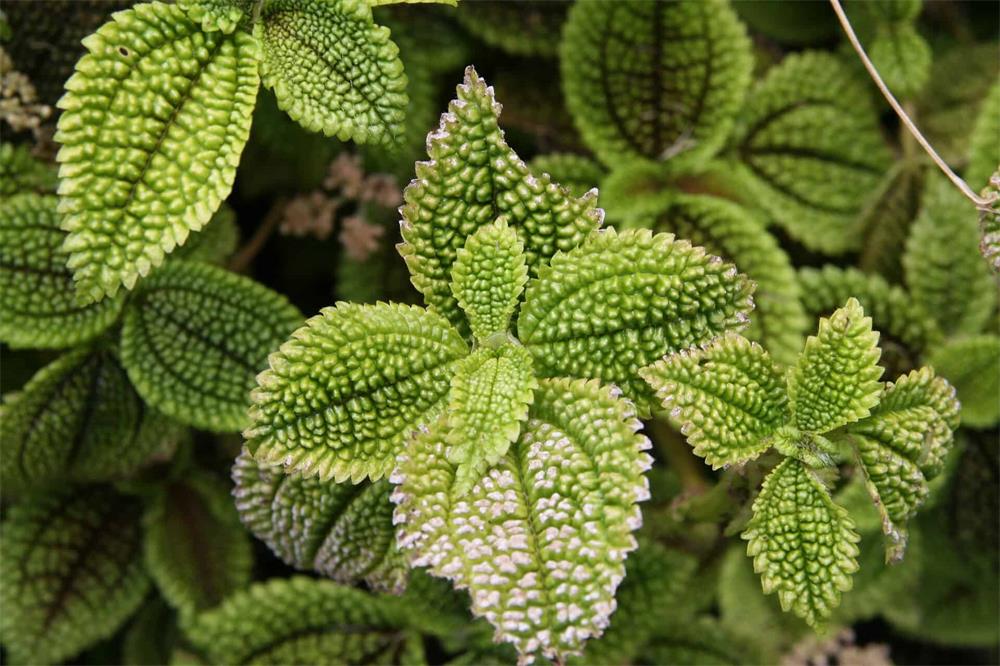
Conclusion
Pilea involucrata is a lovely houseplant that adds color and texture to any space. It is easy to grow and care for, as long as you provide it with bright light, moist soil, high humidity, and moderate temperatures. It is also easy to propagate and share with your friends. With proper pilea involucrata care, you can enjoy this plant for many years.
Additional Tips
Here are some additional tips to help you grow pilea involucrata successfully:
- Pilea involucrata can be grown outdoors in USDA zones 11 and 12, where it can tolerate some morning or evening sun. However, it should be brought indoors before the first frost.
- Pilea involucrata can be grown in a variety of containers, such as pots, baskets, terrariums, or even glass jars. Just make sure they have drainage holes and are large enough to accommodate the root system.
- Pilea involucrata can be paired with other plants that have similar light, water, and humidity requirements, such as ferns, begonias, peperomias, or orchids. You can create a beautiful and diverse indoor garden with these plants.
- Pilea involucrata can be affected by some common houseplant pests, such as mealybugs, spider mites, or aphids. To prevent them from infesting your plant, keep it clean and healthy, and inspect it regularly for any signs of damage or insects. If you find any pests, isolate the plant from other plants and treat it with a natural or chemical pesticide. You can also use sticky traps or neem oil to deter them.



